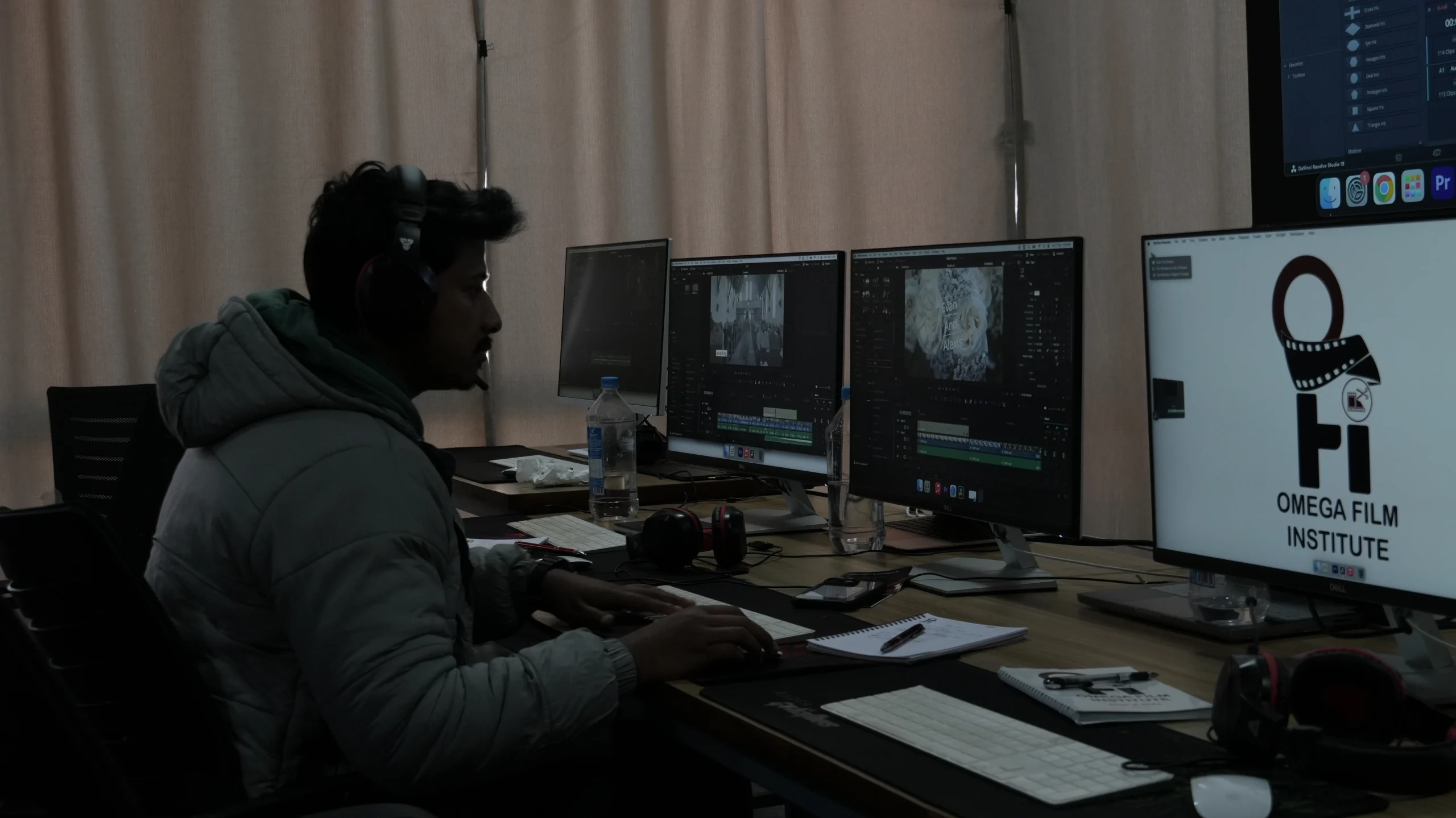How to Use Speech Analysis in Adobe Premiere Pro for Efficient Video Editing

How to Use Speech Analysis in Adobe Premiere Pro for Efficient Video Editing
In the modern world of video editing, efficiency is just as important as creativity. Whether you are editing a wedding film, a YouTube vlog, a podcast, or a corporate documentary, finding the right moment in an interview or syncing edits with spoken dialogue can be time-consuming. This is where Speech Analysis in Adobe Premiere Pro becomes a game-changer.
Speech analysis, powered by Adobe’s Speech-to-Text and Transcription tools, allows editors to automatically analyze dialogue from video or audio clips, convert it into searchable text, and use it directly inside the editing timeline. Instead of scrubbing through hours of footage, you can now jump to specific words or phrases, edit content like a written document, and create captions instantly.
For editors in Nepal, where demand for video production in weddings, corporate branding, and YouTube content is rapidly growing, mastering speech analysis in Premiere Pro is essential. At Omega Film Institute (OFI), Nepal’s leading video editing school, we train students in advanced tools like this because they make editing faster, smarter, and more professional.
Why Speech Analysis Matters in 2025
- Faster Workflows – No more wasting time manually listening through dialogue-heavy projects.
- Improved Accuracy – Automatic transcripts allow editors to locate mistakes or gaps in dialogue instantly.
- Subtitles and Captions – Captions aren’t just for accessibility—they improve engagement, SEO, and viewer retention on YouTube and social platforms.
- Competitive Edge – Editors who understand modern transcription tools stand out in Nepal’s growing content industry.
Now, let’s dive into how you can actually use speech analysis in Adobe Premiere Pro.
Step 1: Import and Prepare Your Project
- Open Premiere Pro and import your footage.
- Make sure your audio is clear—good microphones ensure better transcription accuracy.
- Create a new sequence if you haven’t already.
Step 2: Access the Text Panel
- Go to Window > Text > Transcript.
- This opens the transcription workspace.
Step 3: Auto-Transcribe Sequence
- In the Text Panel, click Transcribe Sequence.
- Choose Audio Track (Dialogue, Voiceover, or Mixed).
- Select the language (English, Nepali, or whichever applies).
- Click Transcribe.
Premiere Pro will analyze the audio and generate a full transcript directly in the panel.
Step 4: Edit the Transcript
- Premiere Pro’s transcription is highly accurate but may need slight corrections.
- Double-click any word in the transcript to edit text.
- These edits won’t affect audio but ensure cleaner captions later.
Step 5: Search Dialogue with Text
One of the most powerful features is text-based editing:
- Type a word in the search bar (e.g., “wedding vows”).
- Premiere highlights every instance in the transcript.
- Clicking on the word moves the playhead directly to that point in the timeline.
Step 6: Use the Transcript for Rough Cuts
- You can delete sentences in the transcript, and Premiere Pro automatically removes those segments from the video.
- This is ideal for interviews, podcasts, and long speeches.
Once you’ve mastered the basics, here’s how speech analysis can transform your editing projects.
1. Captions and Subtitles
- From the transcript, click Create Captions.
- Premiere automatically generates captions synced to your video.
- You can style fonts, sizes, and placement for professional delivery.
- Subtitles are essential for YouTube, TikTok, and Instagram videos—especially in Nepal, where multilingual audiences engage better with captions.
2. Accessibility and SEO
- Captions make your videos accessible to audiences with hearing impairments.
- They also boost search engine rankings—Google indexes captioned content better, increasing visibility for Nepali creators.
3. Editing Long Interviews
If you’re editing a corporate film or documentary with hours of interviews, transcription makes it effortless to:
- Locate key quotes
- Cut filler words
- Organize dialogue into story form
4. Podcast Editing
Podcasts are rising in Nepal. Using speech analysis, you can:
- Identify errors quickly
- Generate transcripts for publishing
- Create highlight clips by searching keywords
5. Integrating with After Effects
Once captions are created, you can send the project to After Effects for stylized motion graphics captions. This adds a professional polish to social media and advertising videos.
Conclusion
Speech Analysis in Adobe Premiere Pro is not just a feature—it’s a revolution in editing efficiency. By automating transcription, enabling text-based editing, and simplifying caption creation it saves countless hours while improving accuracy.
For editors in Nepal, mastering this tool is no longer optional—it’s essential. From YouTube creators in Kathmandu to wedding editors in Pokhara, efficient workflows are what separate professionals from amateurs.
At Omega Film Institute, we make sure our students are ahead of the curve, learning tools that the global industry uses while tailoring them to Nepal’s growing market. If you want to become a professional editor who works faster, smarter, and better, this is your next step.
Enroll at Omega Film Institute today and discover how speech analysis in Adobe Premiere Pro can transform not just your workflow, but your career in video editing.
